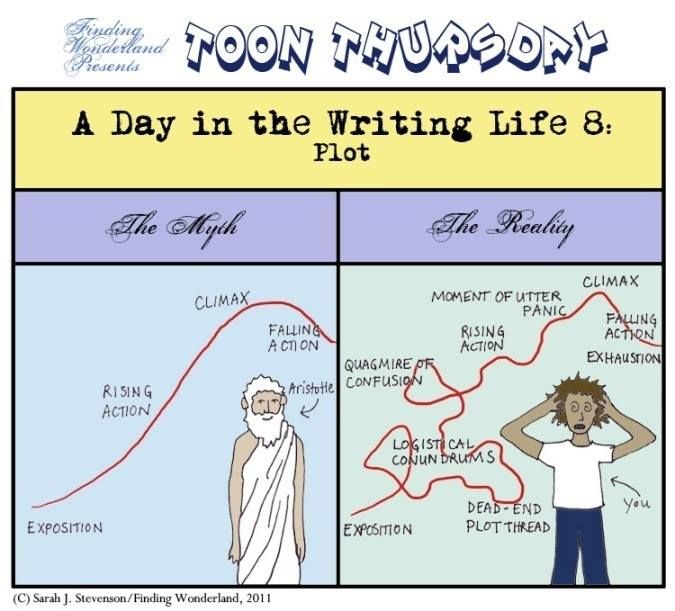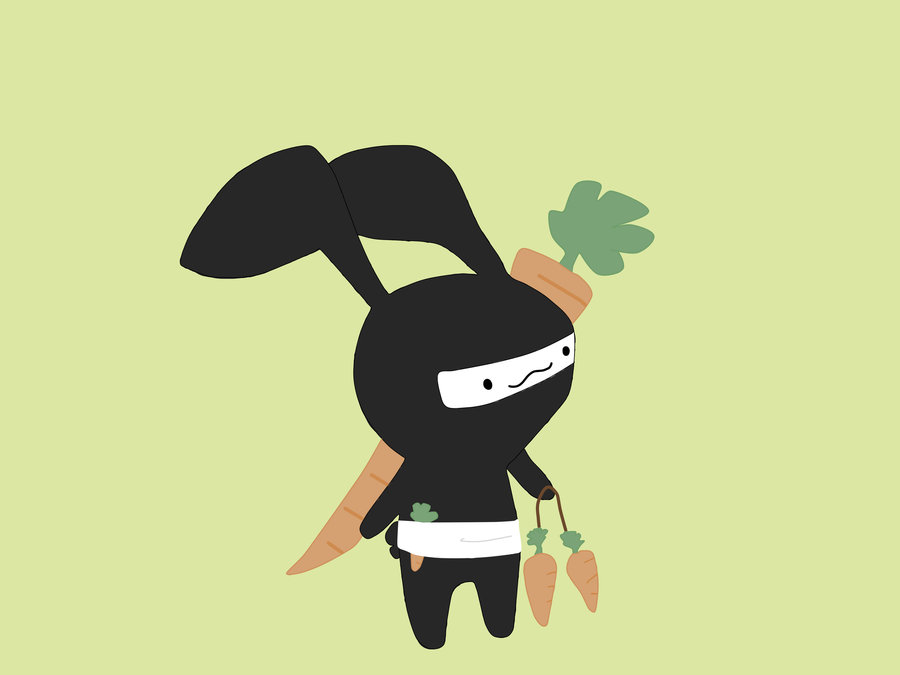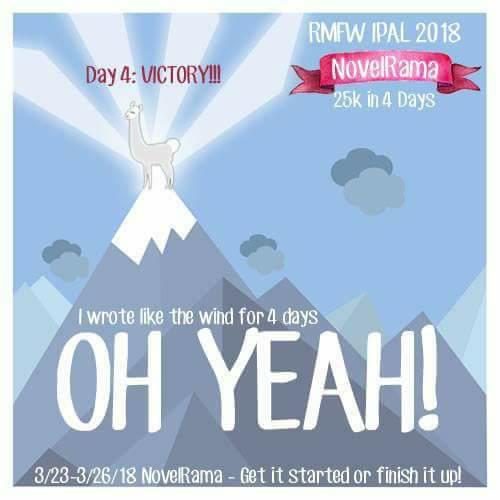It is probably no surprise that I chose Plot for the letter P. Despite the fact that I am a pantser not a plotter, every story requires a plot. However, instead of writing about how to develop a plot, I thought that it would be fun to show you how I develop a story.
Usually I don’t get the start of a story, but am thrown right into the middle the middle of a scene.
“Laine walked at a brisk clip down the sidewalk, searching for the bookstore. She sighed in frustration, tucking a strand of auburn hair behind her ear. When she’d stopped for directions, they’d seemed fairly straightforward, walk two blocks, turn right, walk another three and the store should be on her right. However, her quarry was proving to be elusive as this was the third time she’d circled these two blocks without a sign of the store she was searching for.”
Now this leaves me with so many questions. Usually when I have snippets like this and I’m in the middle of another story, I ignore them and they fade away. Sometimes, however, they don’t fade away but come back repeatedly. So after about the 48th circuit of Laine down that sidewalk, I give in and sit down with her for a chat.
Sitting down, I start by looking for her full name and appearance. She is Elaine Narrows, somewhere in her late twenties, she is about 5’7”, curly bright auburn hair, wearing a tan pantsuit with low heels. Her occupation is that of lawyer, although she refuses to say what particular branch. She’s used to keeping her cards close to the chest and doesn’t want to give away any more information until she judges me trustworthy.
Having met her, I know have to unravel what led up to her going in search of this bookstore. She is obviously a smart woman, so she wouldn’t just randomly go off in search of a bookstore. So what made her go looking and why that particular bookstore? I have to go back to the where it started.
And suddenly a scene unfolds before me, an office, your basic office, with dove gray walls, metal file folders, and a couple of potted plants in the corner. It’s Monday, not even 9 a.m., and the day is overcast, cloudy and gray. Laine is sitting at the desk, her hair neatly pulled back in a French braid and a cup of coffee steaming on the corner of the desk. However, it is the occupant of the chair on the other side of the desk that catches my attention. A teenage girl, maybe sixteen or seventeen. She is thin, too thin, and there is desperation in her eyes. She has long brown hair pulled into a sloppy braid and a lip ring, a simple small hoop. She is wearing an oversized green canvas jacket that she’s huddled into and her hands are clenched in a death grip. Ah yes, here is where the true story begins.
When I reach this point, the story usually gains a life of its own and it isn’t too long before I reach the scene that started it all, Laine’s search for the bookstore. So for me, the story usually starts with a glimpse of a scene from somewhere in the middle of the story, a pivotal point in the story that will change everything. I then have to do some detective work to find out where the story begins and then follow it to its logical conclusion.
So how do you plan a story?









